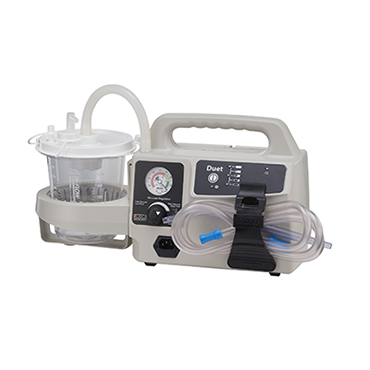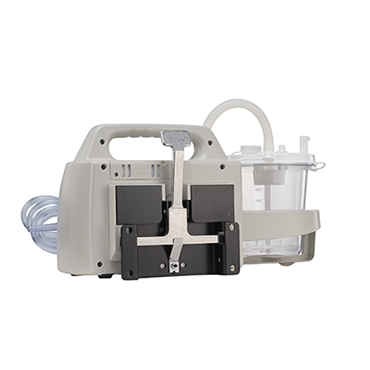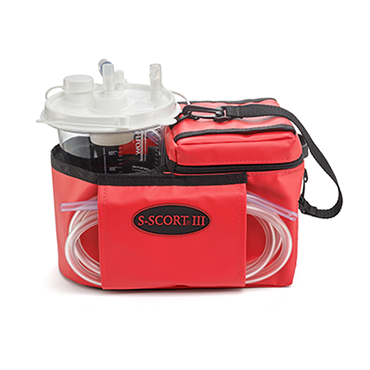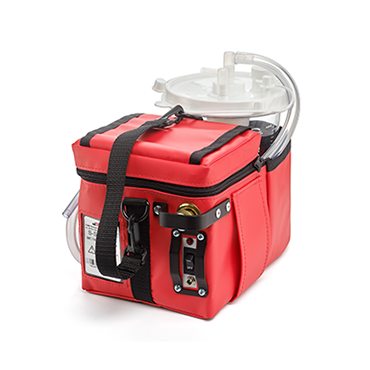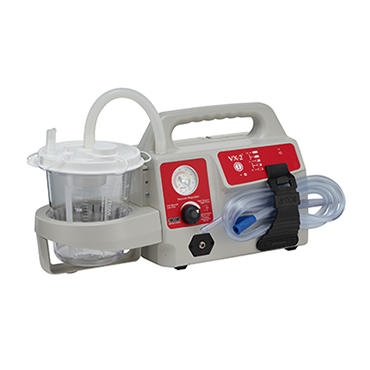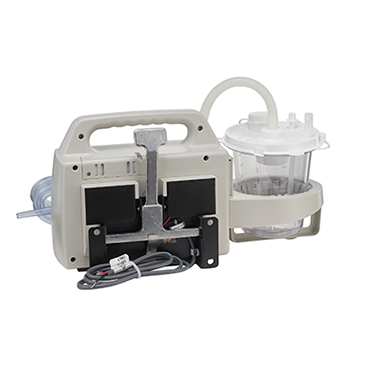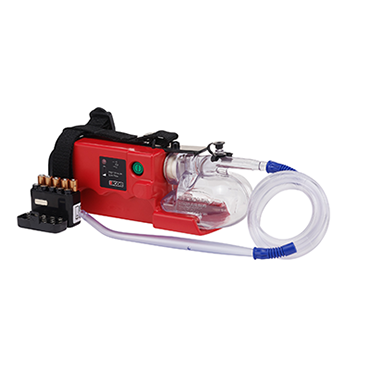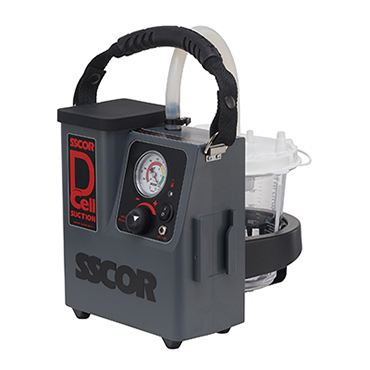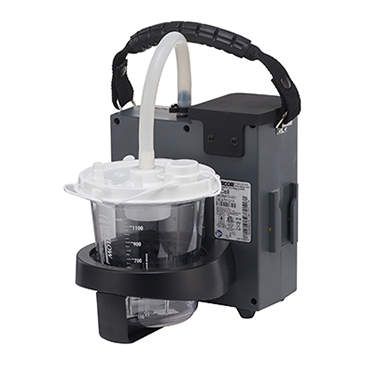.jpg?width=700&name=rsz_gettyimages-589424518%20(1).jpg)
As a healthcare provider, you know that caring for patients following an accident or illness is a major responsibility. While your treatment regimen will depend on their diagnosis, a major focus of your care must be directed toward protecting your patients from acquiring healthcare-associated infections (HAIs) during their stay. And some of the most vulnerable patients are those dependent upon ventilators.
About one in 31 patients will suffer from at least one form of HAI on any given day. And out of the more than one million infections that occur each year, 15% of them involve pneumonia, which is always a concern for ventilator-dependent patients.
The top 10 care essentials for ventilator patients have been identified by the American Nurses Association. Here are the top three:
1. Reducing Infection
The staggering rate of HAIs each year means that preventing infection should be your primary goal in patient care. The last thing a recovering patient needs is to be burdened with an additional infection, especially when it is preventable. Reduce the chance of infection among patients on vents with these tips:
- If the patient’s condition allows, keep the head elevated 30 to 45 degrees to help prevent ventilator-associated pneumonia.
- If the patient can take breaths on their own, and their vitals are within normal range, provide sedation “vacations” to ready your patient for extubation.
- Provide prophylactic care for peptic ulcers and deep vein thrombosis.
- Perform daily oral care with chlorhexidine.
2. Check the Settings and Modes
It is essential that the ventilator settings and modes are continually checked to ensure proper oxygenation and to prevent complications. The following settings should be monitored closely:
- Respiratory rate – manually count your patient’s respirations because they may be overriding the vent and taking breaths on their own
- Fraction of inspired oxygen (FiO2) – which is expressed as a percentage
- Tidal volume – the amount of air inhaled with each breath (TV or VT)
- Peak inspiratory pressure (PIP) – which is the amount of pressure needed to provide each breath and, when elevated (above 30 cm H2O), can indicate serious complications (pneumothorax or pulmonary edema)
3. The Importance of Suctioning
As in any situation requiring airway support, effective suctioning is a critical component in preventing ventilator complications. Even a ventilator can be ineffective if the tube is clogged or the tracheostomy is not maintained. But suctioning must be applied following proper guidelines, which include:
- Suctioning only as needed
- Hyperoxygenating the patient before suctioning to prevent oxygen desaturation
- Avoid instilling normal saline into the tube to loosen secretions
- Using the lowest level of suction pressure to remove secretions
- Keeping your suctioning time to a minimum
Remember: the care you provide your patients can have a tremendous impact on their overall recovery. Reducing the time on the ventilator through effective preventive measures and diligent monitoring will only improve their outcomes. There is much you can do to keep your ventilator patients safe, so follow these guidelines to enhance the prognoses of these vulnerable individuals.
Editor's Note: This blog was originally published in May 2023. It has been re-published with additional up-to-date content.







